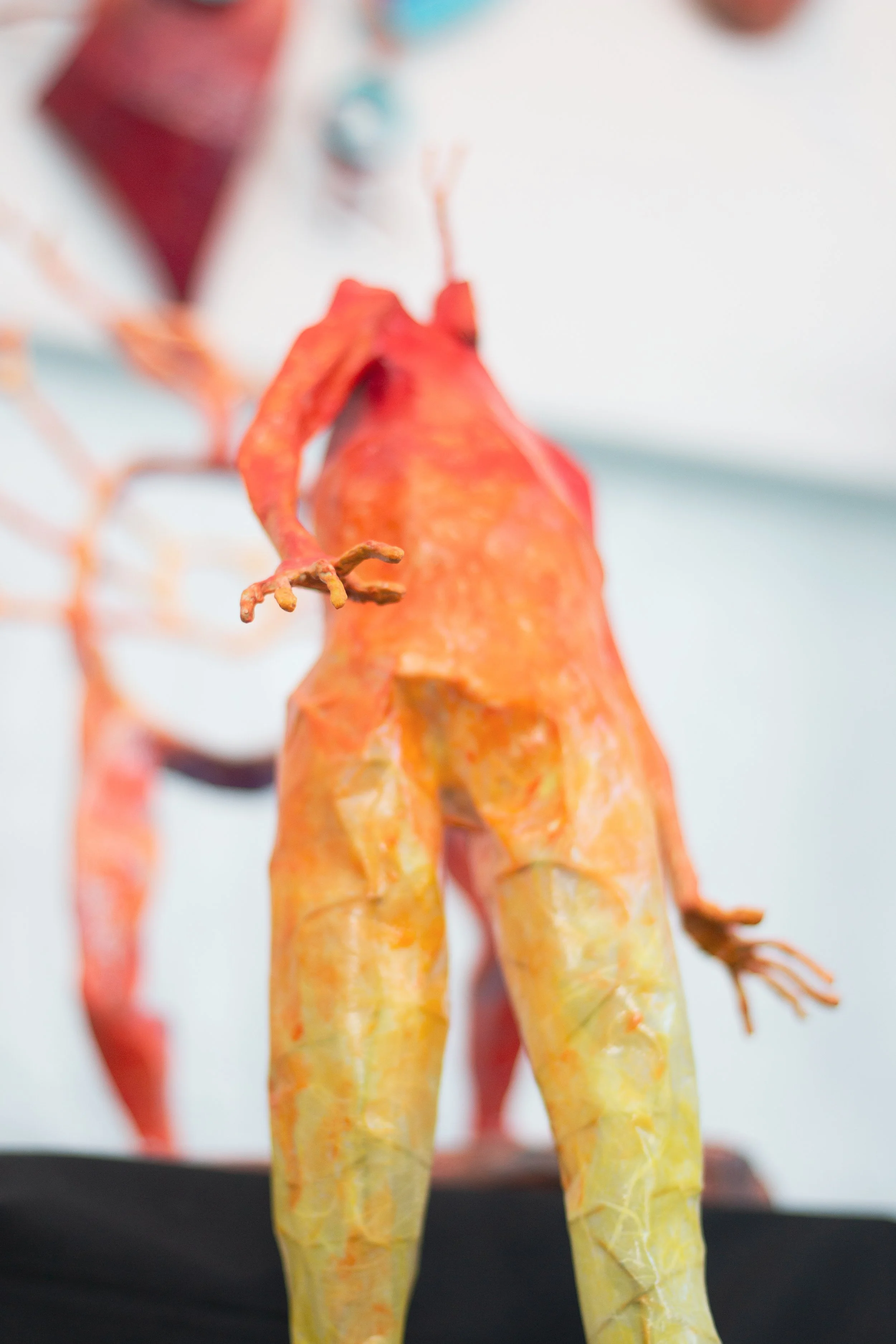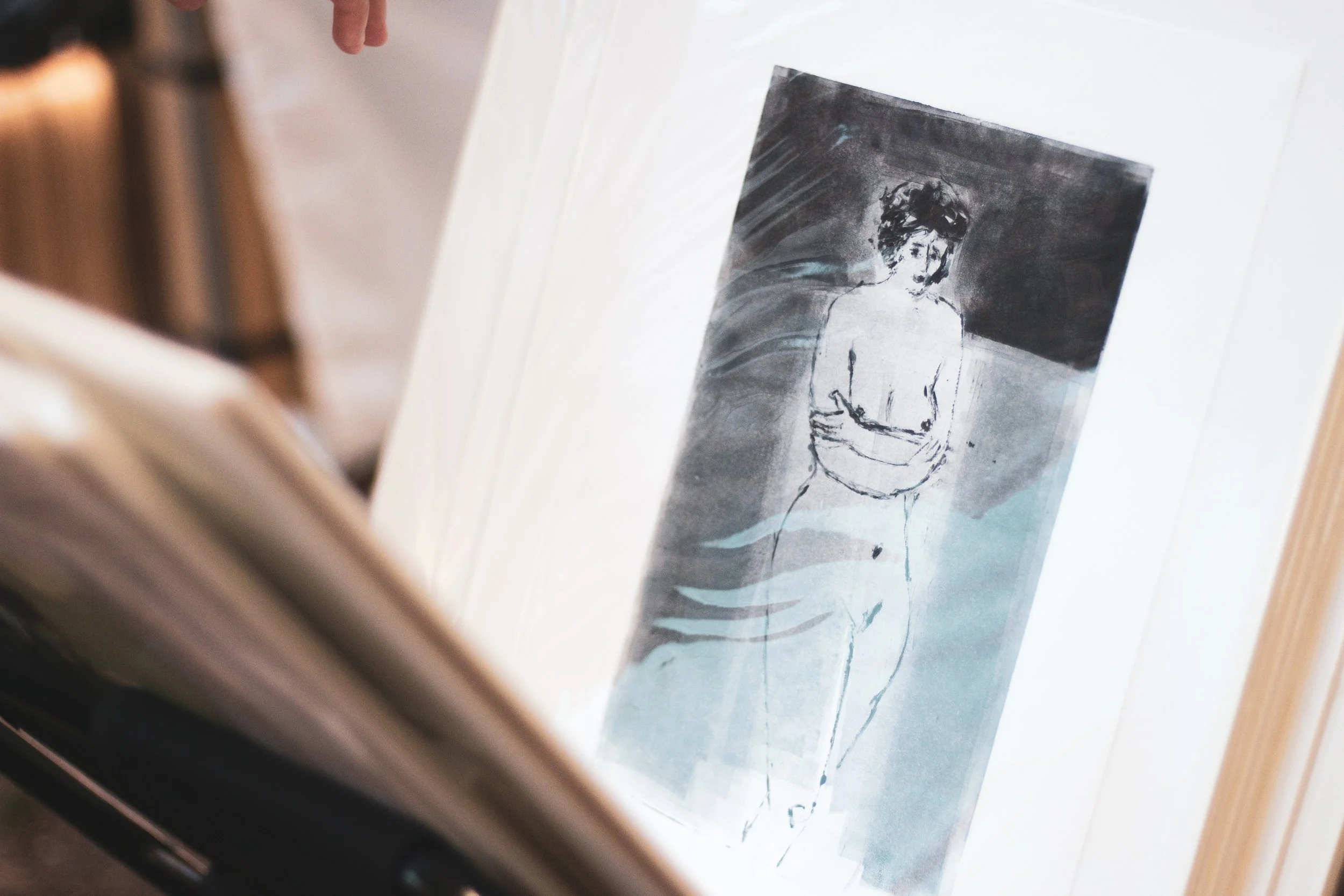The Portland Issue
The World is their oyster
Illusory Inclusion at Art in the Pearl
Tents flutter around me, teeming with artwork and animated visitors. I take ten pictures for every five feet I walk, sucking in my breath as I catch a glimpse of the price tag on each work of art. Nothing here seems to cost under $100, yet elderly couples stroll gaily past me, discussing how they must make more room in their house for the new pieces they have bought today.
Over 100 artists pack two blocks of green space in the Art In The Pearl, selling works ranging from landscape paintings to clay jewelry. This year’s 25th Anniversary festival is one of the first occasions for artists to coalesce following the COVID-19 pandemic. Visitors wander through rows of tables, meeting esteemed artists from across the United States. Along with the others, I follow QR-codes to Instagram accounts with thousands of followers, and I engage creators in questions about their background and expertise.
In this laid-back, lustrous atmosphere, I meet Kristy Kún, a felt sculptor. Inspired by an apprenticeship in wood reclamation, Kún developed a unique technique to agitate wool and create felt. The felt fibers constitute a dense material that morphs into waves, its final form reminiscent of marine fauna. I long to run my hand along her tent’s centerpiece, a sculpture mounted on a vertical canvas no shorter than myself. Instead, I turn away from the $2600 piece and settle for the felt swatches that Kún offers.
While Kún seems unfazed by my group’s praise and amazement, another artist beams when we take interest in his sculptures. Chas Martin, a Portland native and first-time admittee to Art In The Pearl, shares work inspired by his studies of anthropology and watercolors. As he describes his artistic attempt to move past markers of gender, religion, and race, I wonder what combination of cultures informs this “transcendental” work.
I weave through the park until I come across an Art In The Pearl Board Member, Annie Meyer. Meyer offers insight into the behind-the-scenes of the event, explaining that Art In The Pearl is a juried event. A panel of judges invites artists to attend based on a “color-blind” application process, though Meyer mentions that artists’ names are attached to their submissions.
“We have tough conversations about improving diversity,” Meyer says. “But eventually, in the jury process, it comes down to if the art is original.”
Meyer also reports an intentional search for “emerging artists,” as well as a dearth of applications for non-white artists. She then switches subjects to discuss the immense efforts of the volunteers to prepare the event venue. Meyer alludes to the unhoused population of the park, repeating that the area was “very messy” before they came in.
After scouring the blocks, we come across Audrey Jung, a native San Franciscan with an East Asian background. Jung is another felt artist, though she uses the materials to construct durable, functional bags with clean, modern designs. The handbags are the product of her retirement hobby, allowing her to travel and showcase her art after decades in dentistry. She insists that her culture does not inform her aesthetic or taste, and she abruptly moves our conversation to the Art In The Pearl volunteers.
“They did a great job of cleaning up,” Jung says, echoing Meyer. “When I began to set up, I saw a homeless person sleeping on the bench across from me. I was like…” She pauses here with an expression of distaste. “I guess they started living here during the pandemic, but I’m glad they’re not here anymore.” At this comment, I thank her hurriedly before leaving. I exit the festival premises immediately, almost ashamed at how I relished an event that evidently displaced unhoused residents.
Art In The Pearl proclaims itself as a bridge between artists and the community, yet the event fails to represent community members who do not fit a certain profile — namely, white and wealthy. Art is one of countless fields that hold barriers to participation, especially those that arise from systemic racism. Imagine if Kún could not purchase merino wool, if Martin could not afford the annual tuition at the Pratt Institute’s School of Art, if Jung could not manage to travel across the United States. There is money and time and effort required to own raw materials, to refine a craft, and to pin hopes on talent that may be left unrecognized due to implicit biases.
To this day, these resources remain inaccessible to minorities and those without funding to fall back on. Until a concerted effort is made to include a diverse set of visions and perspectives, Art In The Pearl will remain a spectacular exhibition of ignorance and inequity, decorated by a narrow subsect of American talent.
Words: Anjika Pai
Photos: Lisi Ludwig







